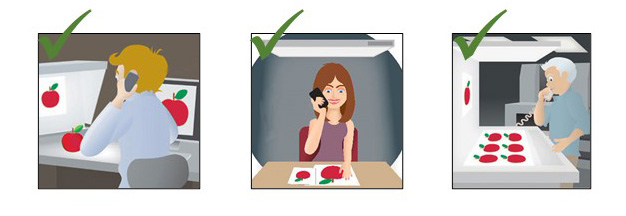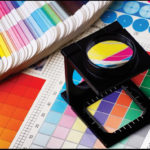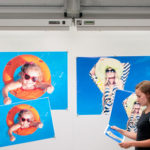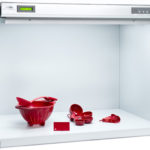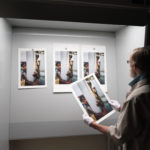April 24, 2020
Who Needs Proper Viewing Conditions?
The color we see depends on several factors including the light source in which it is viewed, the intensity of the light, and the background colors in the viewing environment. Color plays a key role in a consumer’s buying decision and in establishing brand awareness. The supply chain must get it right to help ensure a product’s success.
If a workflow includes a review and approval process of a product’s color, then establishing consistent viewing conditions at each step of the supply chain is essential. To achieve the goal, industries have established international standards for viewing color. The graphic arts industry has established ISO 3664:2009 and industrial color applications have adopted ASTM D1729. ISO 3664 specifies D50 daylight as its light source and ASTM D1729 specifies D65 daylight as its primary light source. Both require that viewing conditions meet strict specifications with regard to color quality, light intensity, evenness of illumination, viewing/illumination geometry, and surround conditions. Differences in any of these conditions can affect color appearance.
If each point in a supply chain is not utilizing “proper viewing conditions” there is high probability that a company will waste time and resources. To accommodate different requirements viewing stations come in a variety of models and sizes. In our experience, there are three main areas that require proper viewing conditions.
Brand Owners
Are at the top of the supply chain. They are the entity that owns the brand name and is managing the design and production teams to ensure that all brand requirements are met. This includes product design and color, product packaging, labeling, and advertising. They are often specifying colors, testing for color harmony and metamerism, and reviewing a production run. Their needs are met with a range of viewing solutions ranging from a multiple source desktop viewer like a GTI MiniMatcher® to a large wall viewing system. The important thing is that other parties in their supply chain also use an industry compliant viewer.
Designers
In conjunction with the brand owner, the design team will create the visual identity for a product and its supporting materials. They will often place a PDV desktop viewer by their workstation so an image on their monitor can be matched with a physical proof. They may also have a larger viewing booth that will allow several people to collaborate and for viewing larger samples. An EVS Executive Viewing System often works well for this function.
Production
Printing is becoming more complex with more colors, different substrates, and different technologies being used. The need for a proper visual inspection has never been more important; each work area that evaluates color should have an ISO 3664:2009 viewing station. This includes prepress, press rooms (offset, flexographic, wide format, and digital), and customer presentation areas. Which viewing station is used depends on the size of the sheet being evaluated and how many people will be reviewing it at once. CVX viewing stations are commonly used by commercial and packaging printers. Large format printers favor GTI’s wall viewing systems. See all of GTI’s ISO 3664:2009 viewing products.
Industrial color applications utilize the ASTM D1729 viewing standard. In addition to D65 daylight ASTM D1729 specifies the use of multiple sources (Incandescent A, cool white fluorescent, and other light sources) to test for metamerism. A color matching station is commonly used for the inspection of finished product against a standard. They are also used during the development phase to inspect a product’s surface, to review color harmony between components, and to inspect incoming parts. GTI offers color matching solutions of all sizes from color harmony rooms for the automotive market, to desktop MiniMatchers for small samples, and ColorMatcher systems for larger products. See all of GTI’s ASTM D1729 compliant viewing products.
Consistency is Key
To ensure color consistency from piece-to-piece, run-to-run, and across the supply chain all parties need to evaluate color under a consistent light source that conforms to industry standard viewing specifications. The easiest way to achieve this is to use a light booth from a recognized manufacturer.
